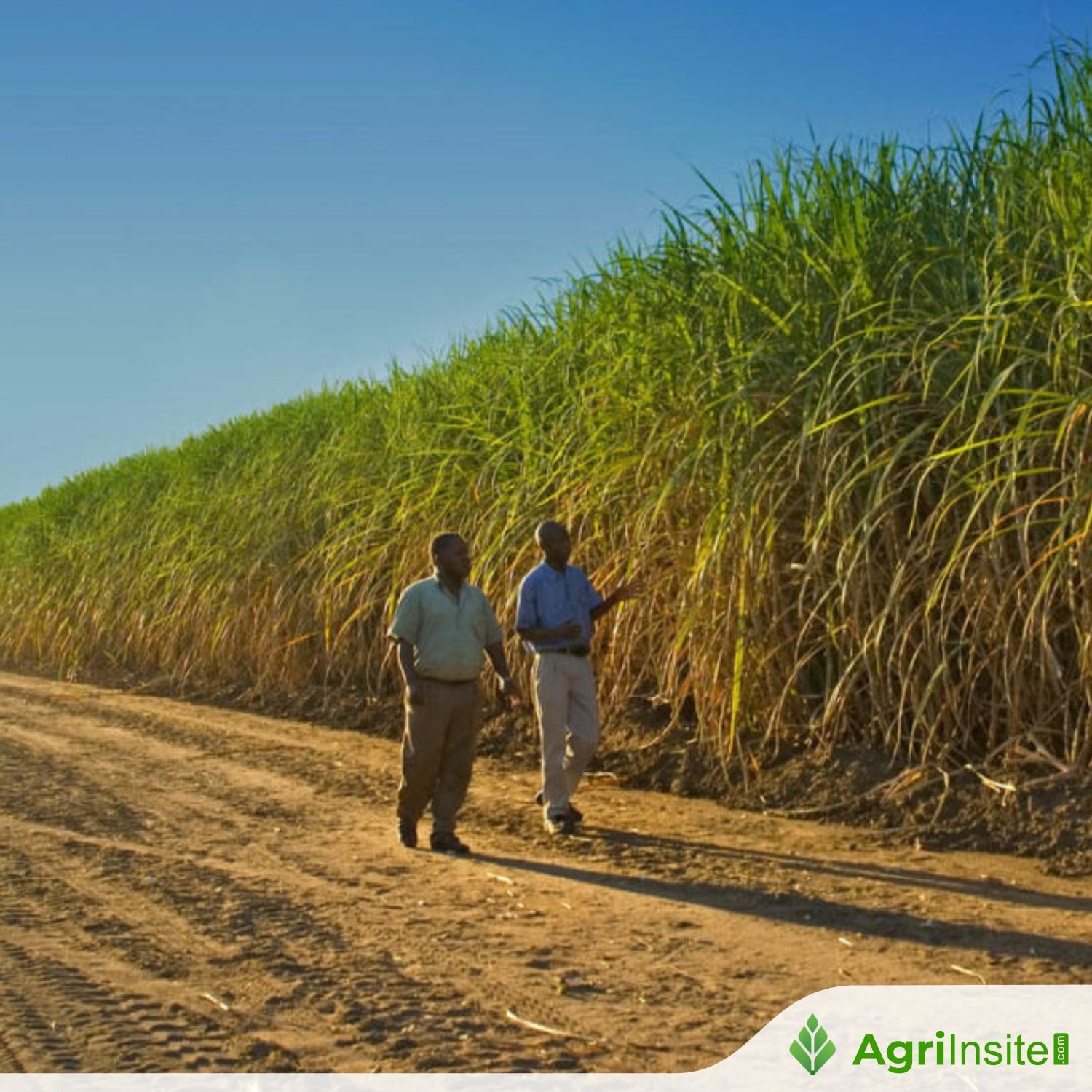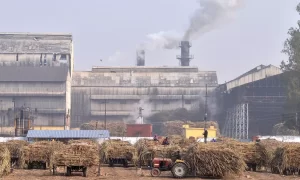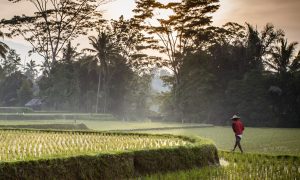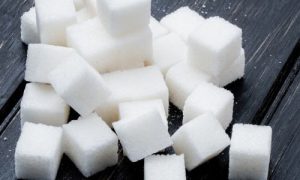Thai sugar farmers, squeezed by climate change and health concerns, face bitter outlook

Thailand’s sugar industry faces challenges from falling global prices, climate change, and China’s import ban on syrup. Farmers struggle with rising costs and the government’s crackdown on crop burning to curb pollution. While incentives are offered, producers seek better support for sustainable farming and diversification into biofuels. The industry’s future depends on policy reforms and global market conditions.
Their produce fuels consumer cravings for bubble teas, cakes, ice creams and other calorific treats, but Thailand’s sugar cane farmers – the backbone of the world’s second-largest sugar exporting nation – fear the sweet times for their industry may be turning sour.
Thai sugar is being assailed by problems from all directions, they say, as the climate crisis, a global price collapse and a sudden ban from China on syrup imports squeeze margins ever tighter.
Thailand is the world’s second-largest white sugar exporter after India and the third of raw sugar behind Brazil. With more than 1.6 million hectares (3.9 million acres) of land dedicated to growing sugar cane, it produced 11 million tonnes of sugar in 2023, according to Thailand’s Board of Investment.
About 70 per cent of it was shipped overseas. The remainder was sold at home, giving Thai consumers some of the cheapest sugar in Asia at a factory gate price of about 20 baht (58 US cents) a kilogram, according to industry associations.
But sugar cane farmers say they are now besieged by forces beyond their control.
The perennial problem is that global prices for the commodity are set on the New York exchange.
And those have plummeted to three-year lows as oversupply from Brazil and India sinks prices of white sugar to as low as US$470 a metric ton – the cheapest since September 2021. Prices have rallied a little but are expected to remain low throughout this year.
Meanwhile, see-sawing climate conditions of harsher drought and longer floods have gnawed away at harvest yields. Production for the 2024-25 season is predicted to dip by about half a million tonnes once it is counted over the coming months.
Now, the Thai government is demanding a swift end to the cheap but heavily polluting practice of crop burning to clear leftover stems and regenerate cropland.
“Regardless of global sugar prices, domestic prices remain the same,” Boonchuay Laithaweewattana, a member of a sugar farmers’ group in Korat province, told This Week in Asia.
“This creates unfair conditions for farmers and factories, as companies using sugar in their products – soft drinks, snacks and other sweet goods – can adjust their prices according to global prices … but we still get the same.”
The sweet deal is also vanishing overseas.
Chinese authorities imposed a sudden ban in December on imports of sugar syrup and premixed powder from Thailand, blaming concerns over hygiene at dozens of factories, according to Thai authorities.
That has left more than US$11 million of Thai syrup and premixes bobbing at sea on cargo ships unable to dock in China, according to Thai media reports.
Thailand was China’s largest supplier of sugar syrup last year with more than 1.2 million metric tons, according to supply chain services company Czarnikow, quoted this week by Reuters. Syrup is used in soft drinks while premixes are used in all manner of bakery goods.
While the ban is ostensibly due to quality control, sugar industry insiders speculate that the motive may also be to rein in investors – some of them Chinese – using a loophole in Thailand’s free-trade deal to gain tariff-free access to China’s vast market.
Processed sugar products made in a China-Thailand FTA zone can be imported without a levy into China, as opposed to a normal 30 per cent charge. But the deal was not crafted to include sugar from third countries.
“The syrup is produced by Chinese investors who purchase sugar from Brazil and India to manufacture syrup and premixed sugar powder in Thailand to benefit from tax exemptions to China,” Narathip Anantasuk, head of the Office of the Sugarcane Farmers Group Association, told This Week in Asia.
As the sugar is not Thai, the kingdom’s exporters are not directly affected by China’s ban, according to Rangsit Hiangrat, director general of Thai Sugar Mills Association and director of Thai Sugar Millers Corporation Limited.
But the longer the ban is in place, the greater the risks of the spillover damaging Thailand’s sugar industry as wily investors find ways to get their tariff-free products into the Chinese mega market.
“These free-trade zones are being used to send syrup back to China without paying import taxes. This way, they dodge China’s high sugar tariffs, giving them an edge over Chinese manufacturers who have higher production costs,” he added.
“After the syrup enters tax-free in China, it’s often turned back into sugar and sold at market price.”
Sweet deal over?
Thailand undoubtedly has a sweet tooth.
Its shopping centres and markets are stacked with dessert shops, ice cream stalls and purveyors of doughnuts, cakes and chocolates of all shapes and sizes. Sugary drinks are sold outside schools and sugar-packed snacks are ubiquitous.
But for sugar cane farmers, life remains unpredictable despite the ever-growing demand – and waistbands – of the Thai public.
Boonchuay’s sugar cane grows in Korat, one of Thailand’s northeastern provinces collectively known as Isaan.
It is hard rural existence at the best of times, he says, but climate change in recent years has added uncertainty to harvests of a plant highly sensitive to its environment.
“In drought years, yields decrease due to the reduced weight of the sugar cane and losses can amount to millions of baht,” he said.
“Too much water can also kill the plants or result in lower sugar content, reducing the amount of sugar extracted.”
Pests and diseases strike the crop, leading to entire fields being wiped out and farmers left with no income or subsidy to replace the plants until the next cultivation cycle is complete, he says.
Once he has harvested about 3,000 tonnes of sugar cane and taken them to the factory for processing, he will make around 1 million baht (US$30,000) depending on the market price at the time – hardly a fortune for a year’s work in the fields.
Isaan accounts for more than half of Thailand’s sugar cane production.
Entire villages virtually depend on the cash crop and debt lurks nearby when harvests fail, while the cost of fertiliser and pesticides has steepled over the recent years of global inflation, leaving farmers exposed.
Now a new dilemma is hitting their industry.
The government of Paetongtarn Shinawatra has vowed to tackle Thailand’s high levels of PM2.5, which become dangerously unhealthy during the cool season that normally runs from October up to around March.
Air pollution is worsened by crop burning by farmers who cannot afford to hire expensive extra labour or buy machines to cut down the expended stems of sugar cane ahead of the next planting season.
Leftover sugar cane stems and leaves are a tinderbox and burn fast, resulting in a choking smog that lies like a thicket across large parts of Isaan.
The issue is made worse as the smog passes southwards onto Bangkok and other urban areas, where wealthier Thais with louder voices complain.
To tackle the scourge, the sugar industry has offered an extra 120 baht per tonne as an incentive for cane from unburnt fields, with pressure on the 58 sugar mills across the country not to accept produce from fields that have been burned this buying season, which runs through until March.
The Office of the Cane and Sugar Board says it aims to slash the harvest taken from fields that have been burned by up to 90 per cent.
Farmers recognise the importance of fighting PM2.5, but are flinching at the extra labour costs it will entail to clear their fields. This poses a political dilemma for the prime minister, whose family brand trades on its pro-farmer reputation.
“It has placed a lot of pressure on us producers … it could even lead to protests in the streets,” said Boonchuay, arguing that only 20 per cent of sugar cane came from burned fields.
“Instead of banning us, the government could offer incentives such as supporting labour costs, providing harvesting machines or compensating for sugar cane leaves and bagasse,” he added, citing the pulpy mass left over from harvest which could be turned into biofuels.
To read more about Sugar Industry continue reading Agriinsite.com
Soure : SCMP














